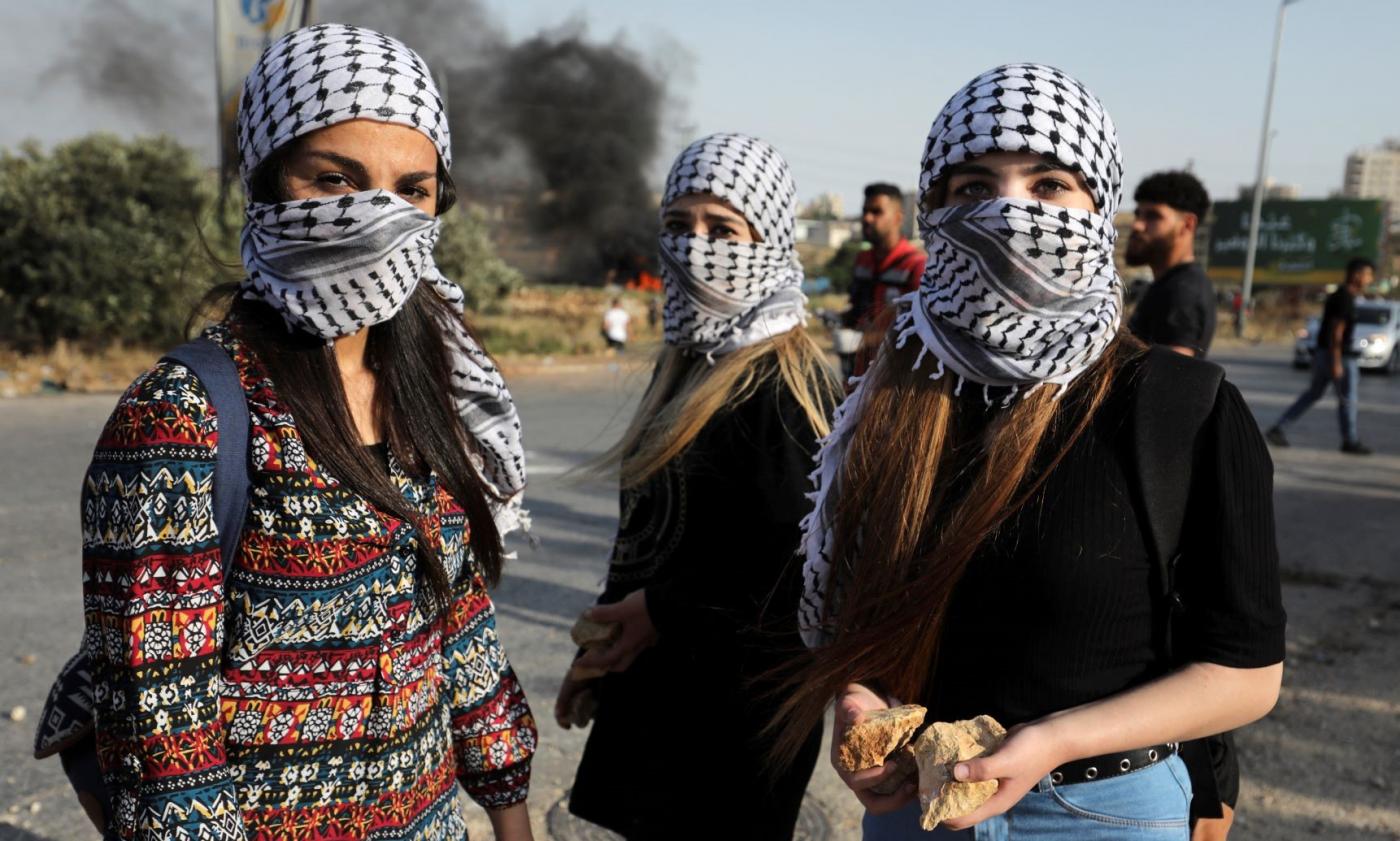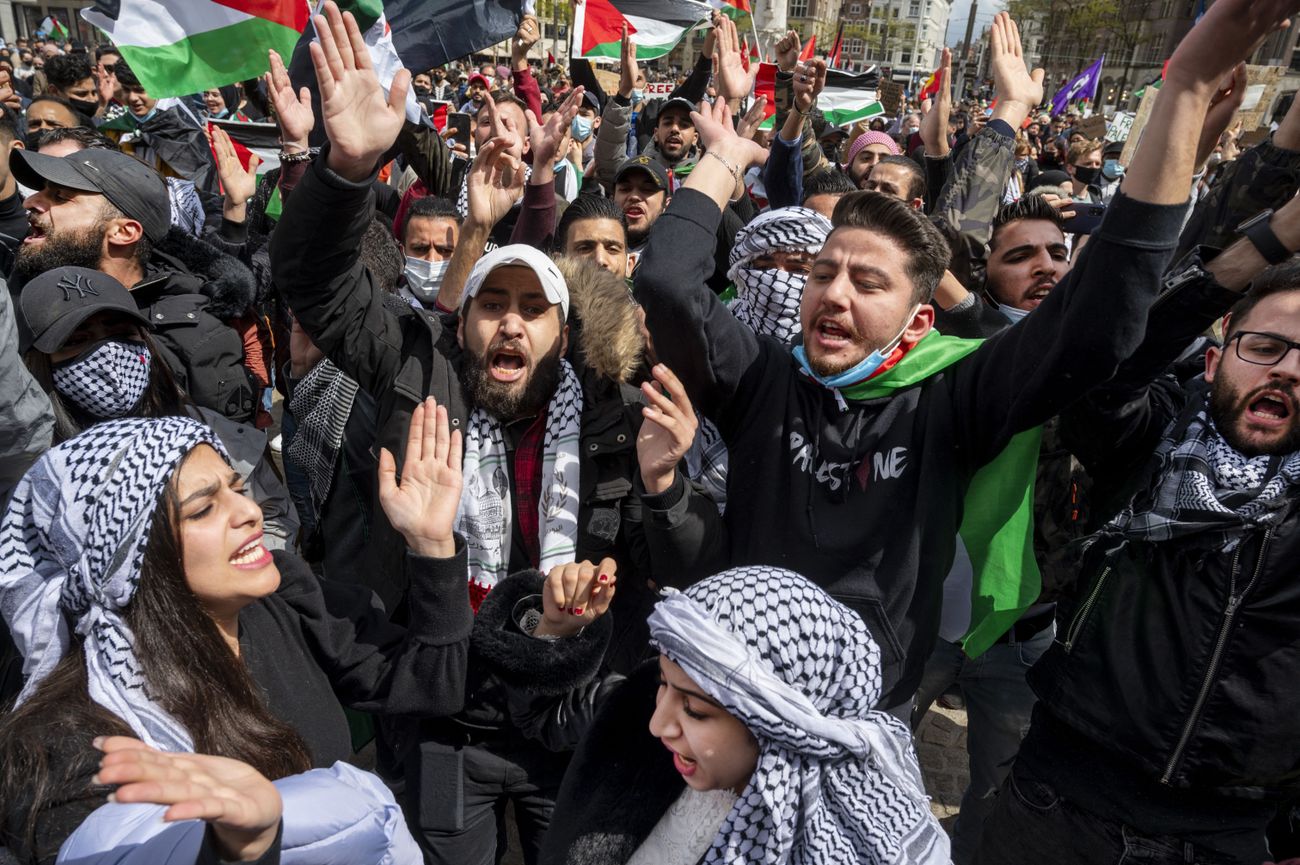“Symbols matter. Especially for oppressed people.”
Khaled Beydoun
Last week Louis Vuitton began selling a “monogramed keffieh” on their website despite the luxury fashion brand’s commitment to remaining “neutral” in the face of Palestinian oppression by the settler-colonial state of Israel. While Louis Vuitton may be coming under fire now, the keffiyeh has a long history of being appropriated. The keffiyeh — as a symbol — has a nuanced history and importance to Palestinians, so when it is used as a fashion trend, its significance seems to diminish with every wave of appropriation the symbol faces. When fashion brands such as Louis Vuitton, and previously Fendi, appropriate symbols of national resistance thus capitalising off of states of oppression, the threads that weave together imperialism and capitalism begin to show themselves. Following Louis Vuitton’s selling of the keffiyeh many social media posts were created about the symbols continued appropriation, posts by Diet Prada and Revisionsary.space pointed out the history of the keffiyeh and its appropriation, paraphrased here. The history of the keffiyeh is one laden with histories of Palestinian nationalism, even before it started being associated with Palestinian solidarity. During the British Mandate — especially during the 1930s Arab revolt — Palestinian ‘rebels’ used the keffiyeh to hide their identity to avoid arrest while also being able to identify one another, therefore causing the British Mandate authorities to ban the keffiyeh. The keffiyeh was then adopted by the general population to confuse occupying forces which in turn transformed the garment into a symbol of resistance in Palestine, which continues through to this day. The keffiyeh as a nationalist symbol was entrenched through the circulation of images of Palestinian politician Yasser Arafat and activist Leila Khaled adorned by it in the 1960s. These images were sensationalised by mainstream media accompanied by headlines such as Beauty and the Bullets resulting in a powerful visual contradiction that fit with prevailing sentiments and distorted narratives.

Many Palestinian refugees throughout the world started wearing the keffiyeh in the 1970s to honour their national identity. As they negotiated foreign settings, Palestinian refugees chose to wear the material draped as a scarf rather than as a headpiece. College students and activists who stood in solidarity with the Palestinian cause embraced wearing the scarf out of solidarity and it is still worn today for that purpose. However, the development of the keffiyeh in the global north, and in fashion especially, has led to its power and meaning becoming diluted along with a loss of awareness of its importance to nationalist resistance. The scarf became linked with liberal and anti-establishment beliefs, as well as punk culture in the late 1970s. During the 1990s, the keffiyeh began to fade from mainstream culture, however, it resurfaced in the 2000s after Balenciaga included an appropriated version of the scarf in a runway show in 2007, leading to its mass production for retailers such as the American brand Urban Outfitters which brought the keffiyeh into pop culture once again. This mass production saw the keffiyeh be produced by global factories which caused many Palestinian factories to shut down as the supply to the demand was being met by other global distributors at a lesser price. There is now only one manufacturer of the keffiyeh in Palestine, Yasser Hirbawi. Hirbawi’s son Izzat spoke on the importance of the Palestinian symbol stating that, “The keffiyeh is a tradition of Palestine and it should be made in Palestine. We should be the ones making it.”

Not only has the keffiyeh fallen victim to fast fashion’s appropriation but the wound stung, even more, when a few weeks ago it was noted upon a google search of the scarf, that multiple sources symbolically associate it with “terrorism” rather than with national resistance. When symbols are located in a position that opposes western imperialism, they are labelled as a symbol of terrorism or extremism, rather than as symbols of national solidarity and/or resistance; a right given to us all under democracy. However, western imperialism doesn’t rest when there’s a buck to be made, even finding ways to weave itself into histories of resistance against it. Louis Vuitton’s appropriated keffiyeh is beyond distasteful, not only because of the way they’ve imposed the fashion label’s monogram onto the keffiyeh, but also through the choice of colours used which bear a hard to ignore resemblance to the Israeli flag. Is this some form of passive political commentary? The fashion industry’s appropriation and monetisation of the keffiyeh — especially in light of its national and cross-generational significance — highlight how imperialism and capitalism have always and will always be interconnected. While Louis Vuitton has stopped selling the keffiyeh — only after receiving enormous amounts of backlash online — Fendi still sells their appropriated version. Again, we see that imperialism and appropriation know and have no bounds and that perhaps the attitude of neutrality will always be one rooted in perpetuating harms of capitalism.





















































